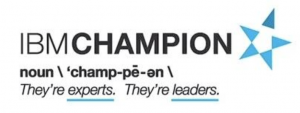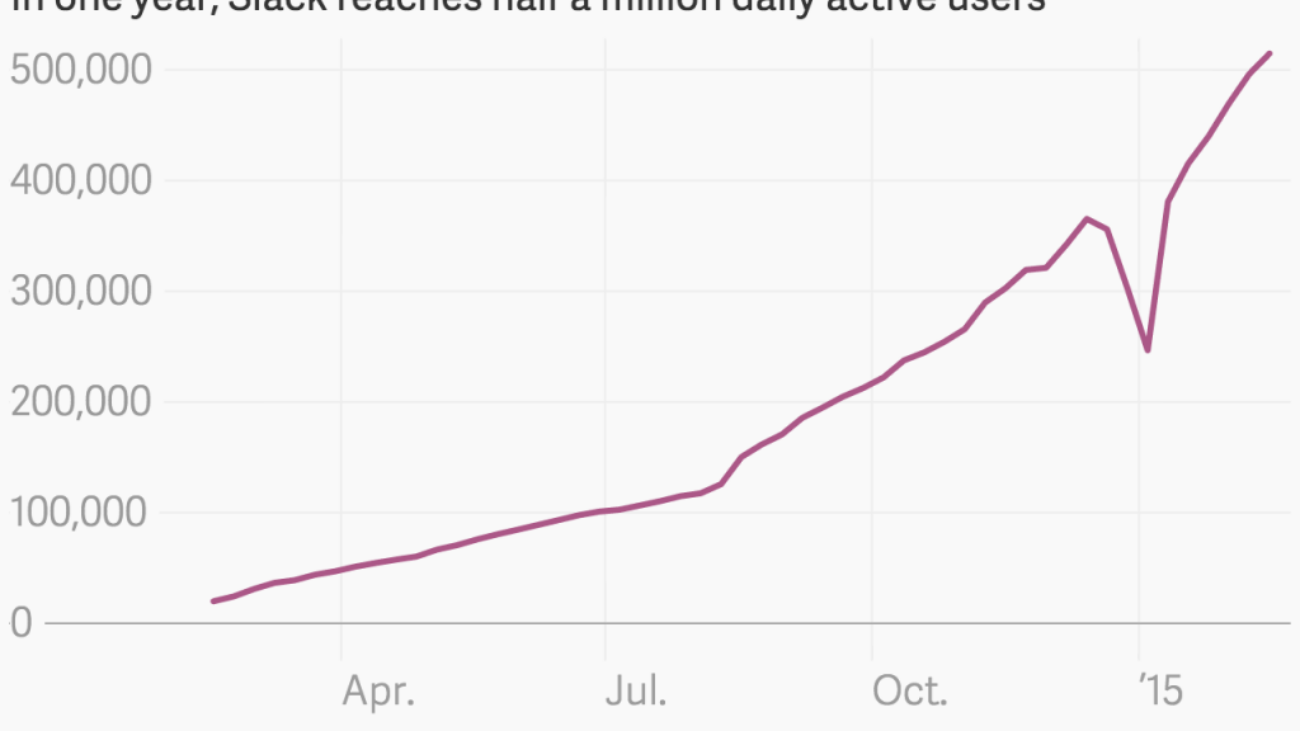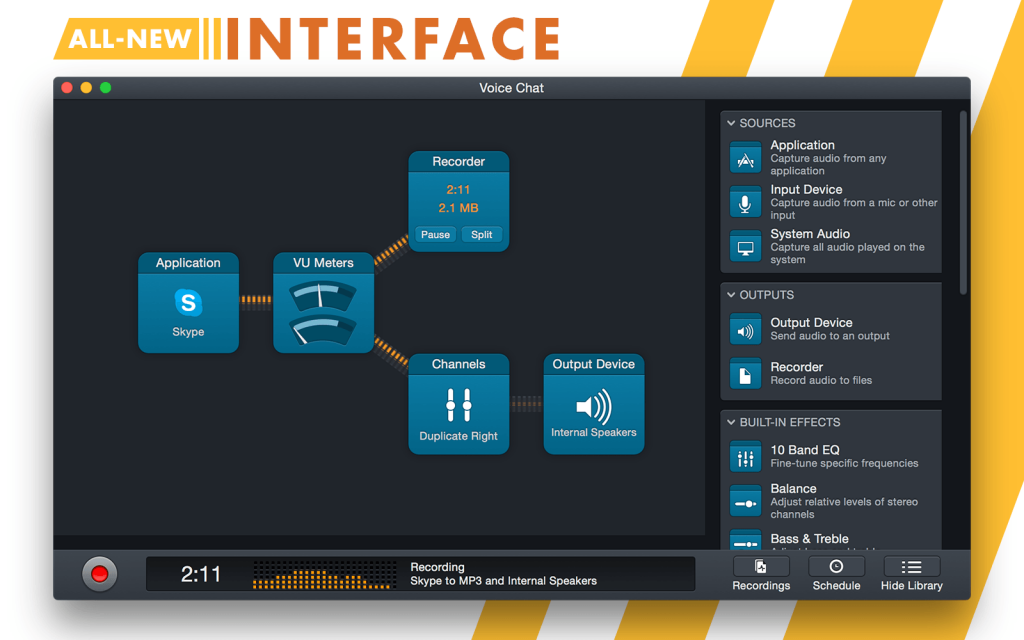I love my job.
Seriously. I know that’s a cliché, but honestly, I love what I do.
Since early 2008 when I started Collaboration Matters (which morphed into Social 365 back in 2012), I’ve been privileged to have the opportunity to consult for some of the most insightful and forward-looking organisations around the globe. 7 straight years of helping companies improve the productivity of their workforces through using social technologies; working with not-for-profit agencies developing online communities (the real meaning of ‘social enterprise’); assisting 600-year old publishing houses to develop internal communications strategies that will take them forward into the next decade or more.
With these projects and many many more besides, I have been lucky enough to have almost constant work to take on, plenty of challenges to get my teeth into, and to be blunt, to continue to put food on my family’s table. That’s not to mention the opportunity to blog, to podcast and even to start a user group that has now met in 8 different countries over the past 4 years.
From Collaboration to Enterprise2.0, through Social Business and ESNs, then onto Working Out Loud and Digital Transformation, the terminology may have changed in those 7 years, but here in 2015 I believe even more strongly in the value of these technologies and approaches to make a real impact on working practices and to help change organisational culture for the better.
I love doing my own thing, feeling as though there are no boundaries to what can be achieved through my own energy, drive and commitment.
So all that said… I’m giving it up.
 I am delighted to announce that later this month I will be joining Jive Software as a Senior Strategy Consultant in their Customer Success organisation.
I am delighted to announce that later this month I will be joining Jive Software as a Senior Strategy Consultant in their Customer Success organisation.
If you’d have asked me 6 months ago whether I’d give up my company to go permanent again, I’d have said ‘no way!’, at least not for the foreseeable future.
However, there have been a few nudges along the way that have convinced me that this is the right next step in my career…
Firstly, at one of my most recent engagements, I’ve had the amazing opportunity to review and analyse more than 30 different platforms in order to create a short list for their procurement process, and then to take those solutions through to final selection. There is no doubt in my mind (both objectively and subjectively) that Jiven emerged as by far the strongest offering in this marketplace. Whilst the analysts might squabble about the final order of their leaders, they unanimously view Jive Software as one of the strongest and most focused vendors in this space. My own personal experience in past customer engagements, and again during this selection process, leave me with no doubt that this is almost certainly the most rounded offering out there, and if there are any weaknesses at all, that Jive Software are driven to resolve them at the first opportunity. In addition, rather than having one offering to fit all organisational scenarios, I love Jive’s approach of having packaged solutions for internal and external communities, plus their focus on different work types and on new solutions for those organisations that need lighter and more mobile-driven apps.
Secondly, I’ve been hugely impressed by everyone I have met in the months since I was first approached. Every single individual has been focused, insightful, passionate about their roles and hugely pumped up about the future of the company. One review of the organisation on GlassDoor said the following:
Jive has flipped the typical corporate ratio of top performers to mediocre performers on its head. At most companies 90% of the workforce has middle of the road performance with 10% being top performers. Jive is just the opposite. 90% of the staff are top performers and 10% are middle of the road. This is truly the most competent and highly skilled group of colleagues I have ever worked with. It makes it a pleasure to come to work.
I’ve been honoured to work with some fantastically talented colleagues over the years, but I am genuinely excited to be joining my new team.
Thirdly, moving to Jive does not undermine the friendships I have built in the wonderfully unique Lotus/ICS community. I consider so many people in the community to be my very best friends in the world, and I will stay in touch with you however and whenever I can. However, this is the right time for me to take a different path, to switch gears, and to embark on a new adventure with an organisation that is 100% focused on making the social collaboration ideal a reality.
So, in summary, you’ll probably have realised that I am really pumped up and excited by this opportunity at Jive. It just feels that the environment, the timing and the role is right. I have no doubt that I’ll miss some of what I have now, but boy, I can’t wait to see what else is out there!





 In my line of work as a collaboration and community strategist, one of the key milestones each year is the early summer publication of the
In my line of work as a collaboration and community strategist, one of the key milestones each year is the early summer publication of the 
 Non-IBMers who evangelize IBM solutions, share their knowledge and help grow the community of professionals who are focused on social business and IBM Collaboration Solutions. IBM Champions spend a considerable amount of their own time, energy and resources on community efforts — organizing and leading user group events, answering questions in forums, contributing wiki articles and applications, publishing podcasts, sharing instructional videos and more!
Non-IBMers who evangelize IBM solutions, share their knowledge and help grow the community of professionals who are focused on social business and IBM Collaboration Solutions. IBM Champions spend a considerable amount of their own time, energy and resources on community efforts — organizing and leading user group events, answering questions in forums, contributing wiki articles and applications, publishing podcasts, sharing instructional videos and more!



 Well that
Well that 





 I am delighted to announce that later this month I will be joining
I am delighted to announce that later this month I will be joining 

















 For me personally, it’s been an almost career-long fixture that has led from a couple of hops to Berlin for Lotusphere Europe, through to more than a decade of crossing the pond to Orlando for the real thing. I was telling someone just last week that I’ve missed only two events since 2004. The first was in 2006 when I’d temporarily left the Lotus space to venture into other technologies. It was partly reading the news from the event whilst trying to get my head around HP OpenView systems management products that made me jump back into the Lotus partner space within a few months! Then in 2008, my employer decided at the last moment to cancel my ticket – the last straw in a long debate about the importance of collaboration technologies to their business. Having handed in my notice, Lotusphere 2008 coincided with my first week of running my own business.
For me personally, it’s been an almost career-long fixture that has led from a couple of hops to Berlin for Lotusphere Europe, through to more than a decade of crossing the pond to Orlando for the real thing. I was telling someone just last week that I’ve missed only two events since 2004. The first was in 2006 when I’d temporarily left the Lotus space to venture into other technologies. It was partly reading the news from the event whilst trying to get my head around HP OpenView systems management products that made me jump back into the Lotus partner space within a few months! Then in 2008, my employer decided at the last moment to cancel my ticket – the last straw in a long debate about the importance of collaboration technologies to their business. Having handed in my notice, Lotusphere 2008 coincided with my first week of running my own business.



